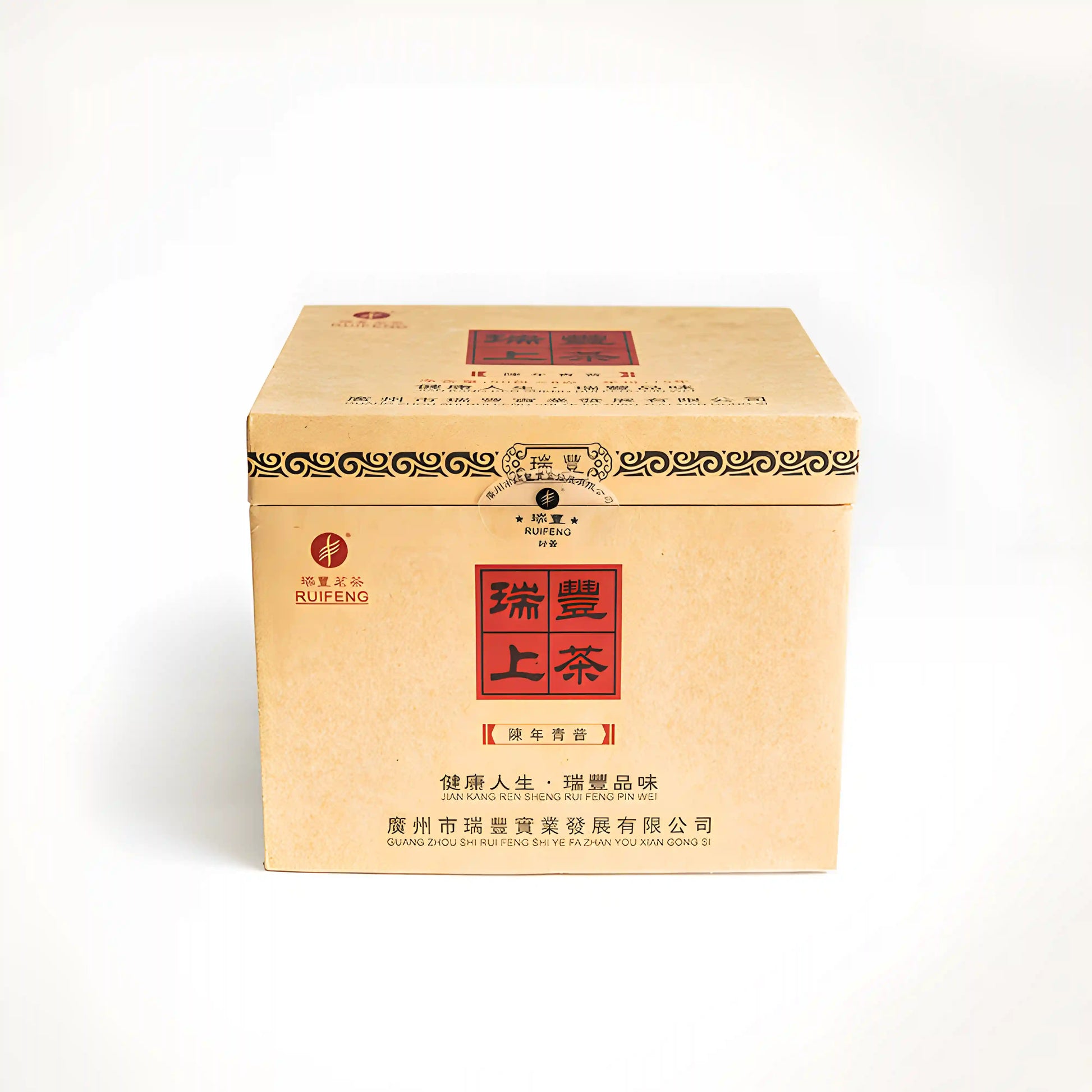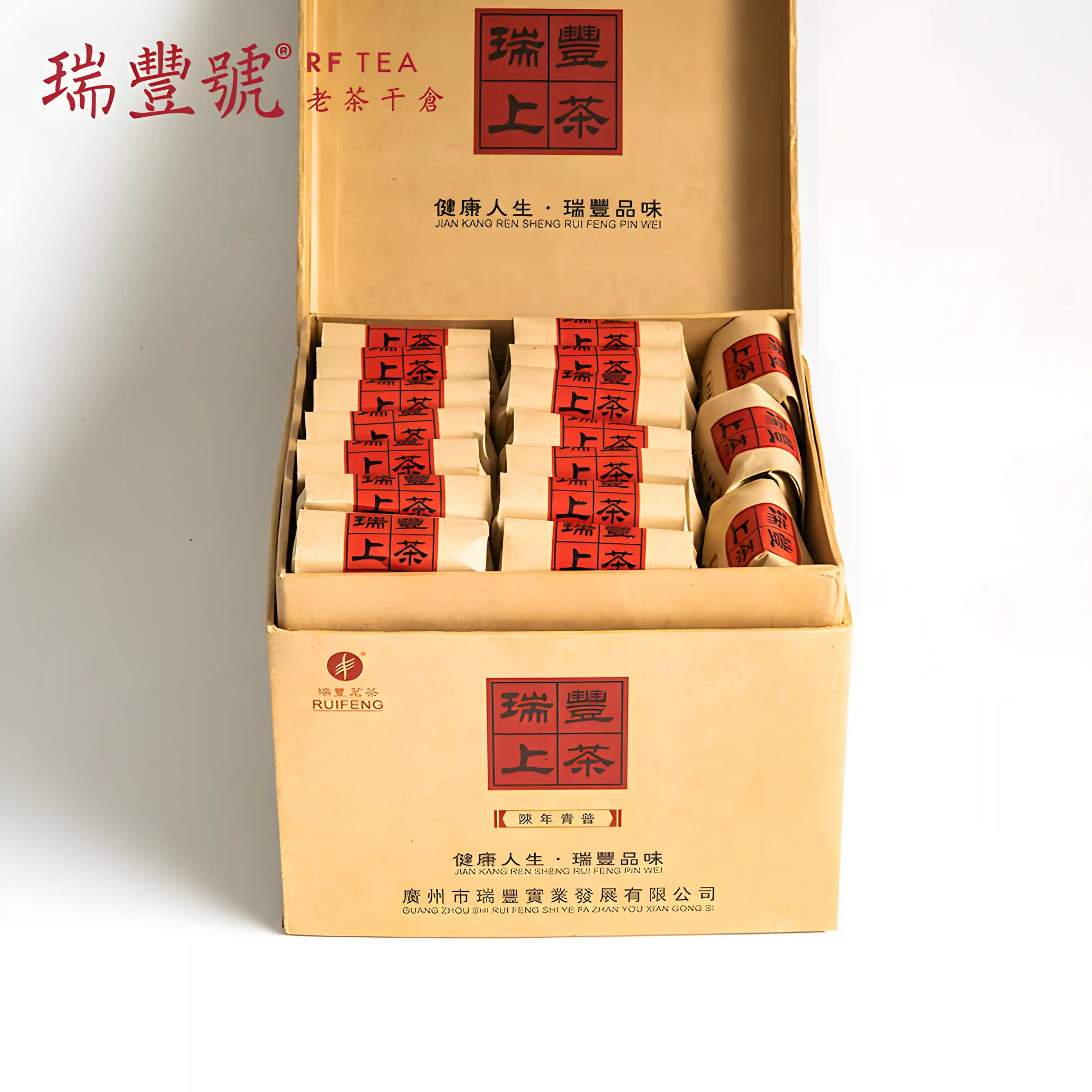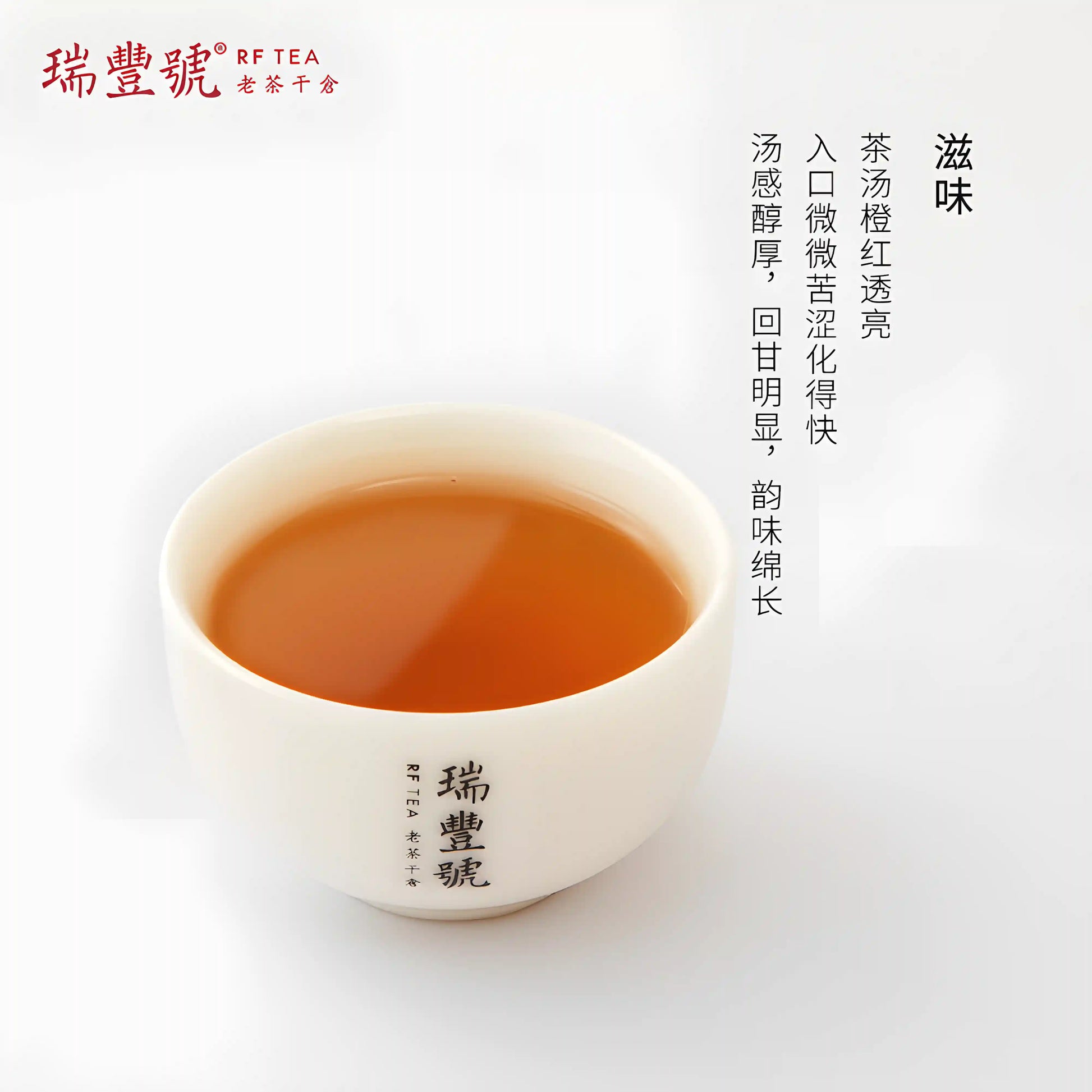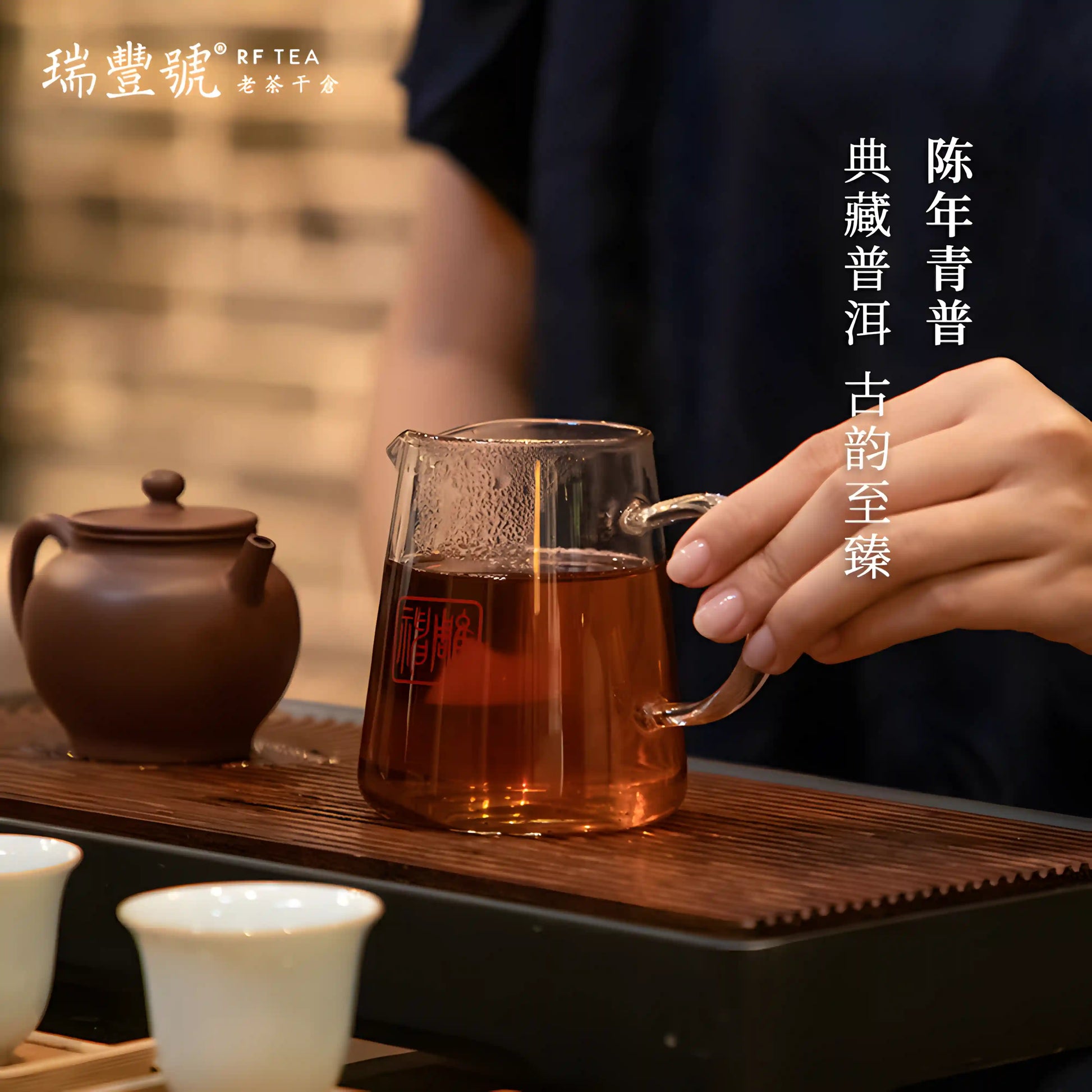Aged Raw Pu-erh Tea Family Pack | Best Antioxidant Tea
Aged Raw Pu-erh Tea Family Pack | Best Antioxidant Tea
Caffeine: Low
Flavor: Mellow\Floral
• Subtle Aged & Velvety Smooth Taste, 100% Natural
Presents a complex, velvety palate with a delicate aged fragrance and a naturally sweet finish. Made from 100% pure, naturally aged tea leaves with no additives.
• Enhances Vitality & Supports Renewal
Known to gently uplift energy, sharpen mental focus, and support healthy digestion, encouraging a sense of clarity and natural renewal.
• Dry-Aged Raw Pu-erh from Menghai, Yunnan
Sourced from Menghai, Yunnan, and carefully aged in natural dry storage, this tea offers a rich infusion over many steepings. Best for balancing Wood element energy.
Couldn't load pickup availability
Share
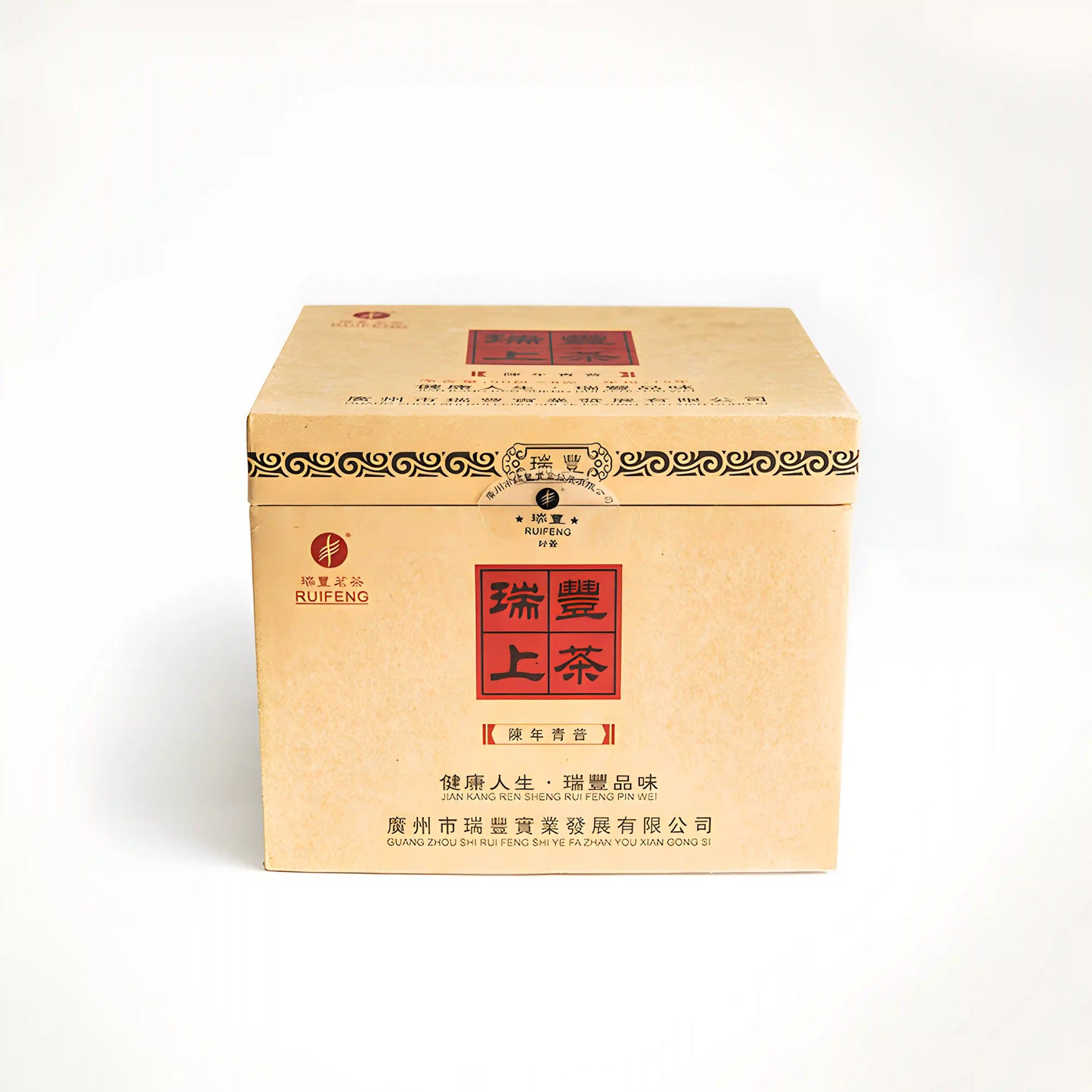
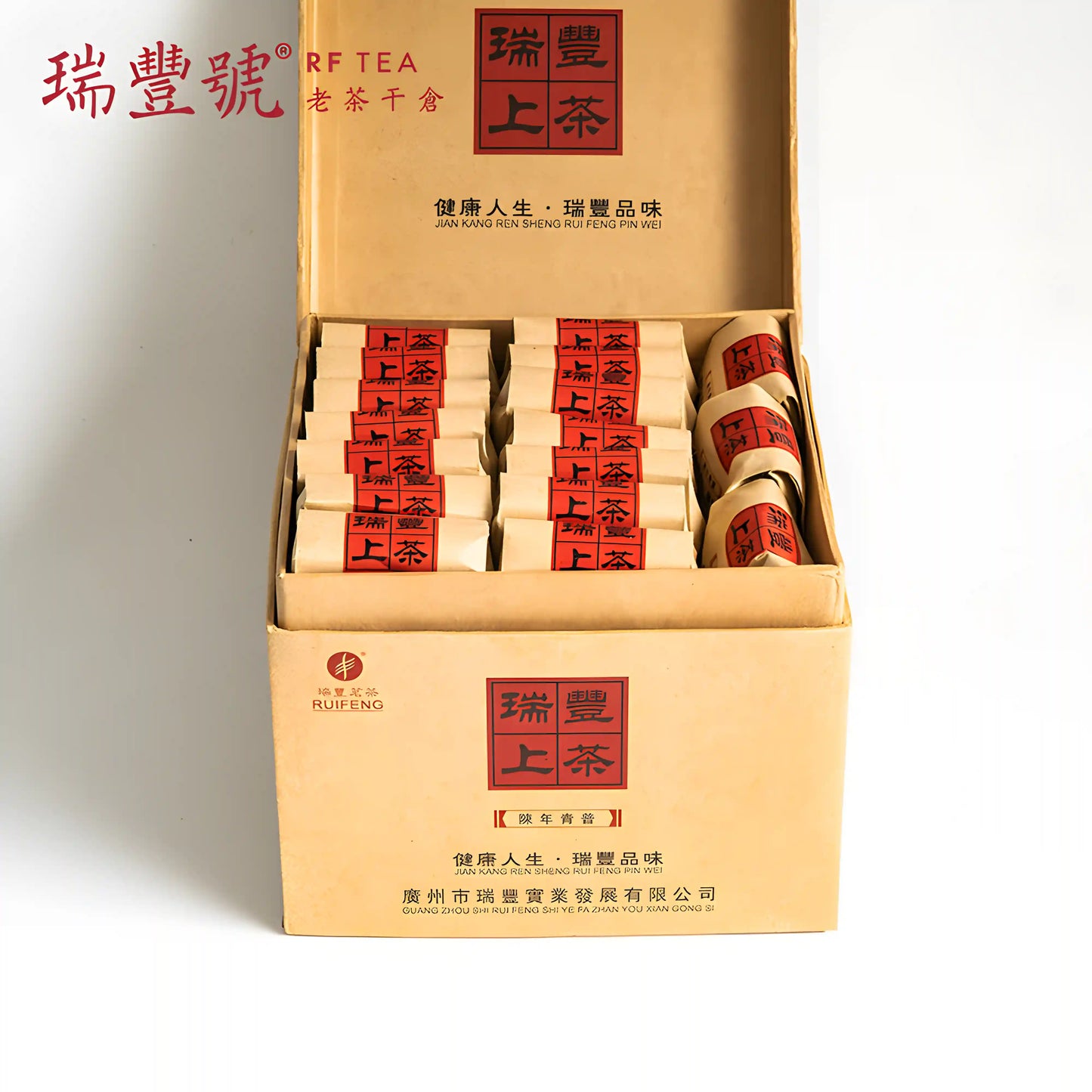
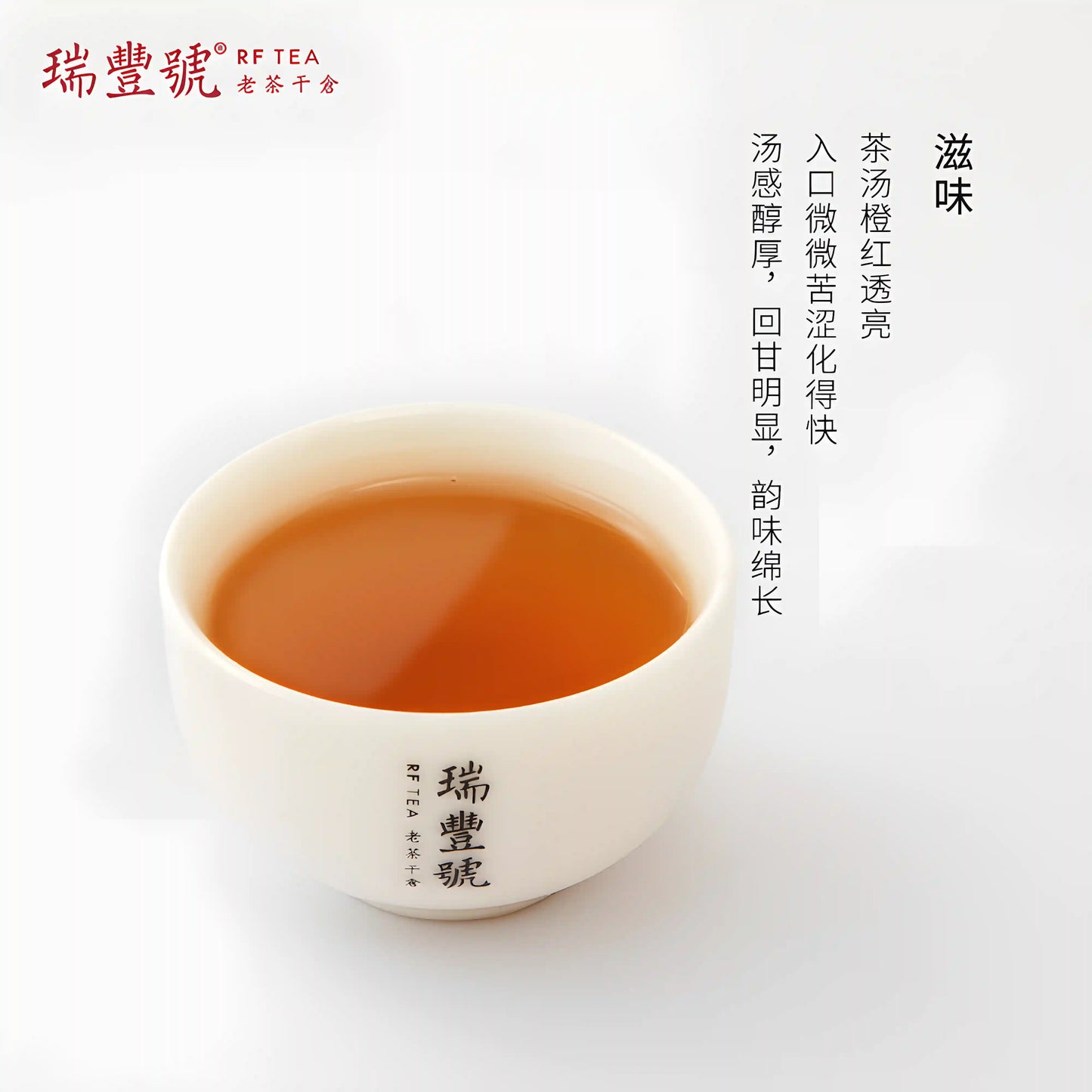
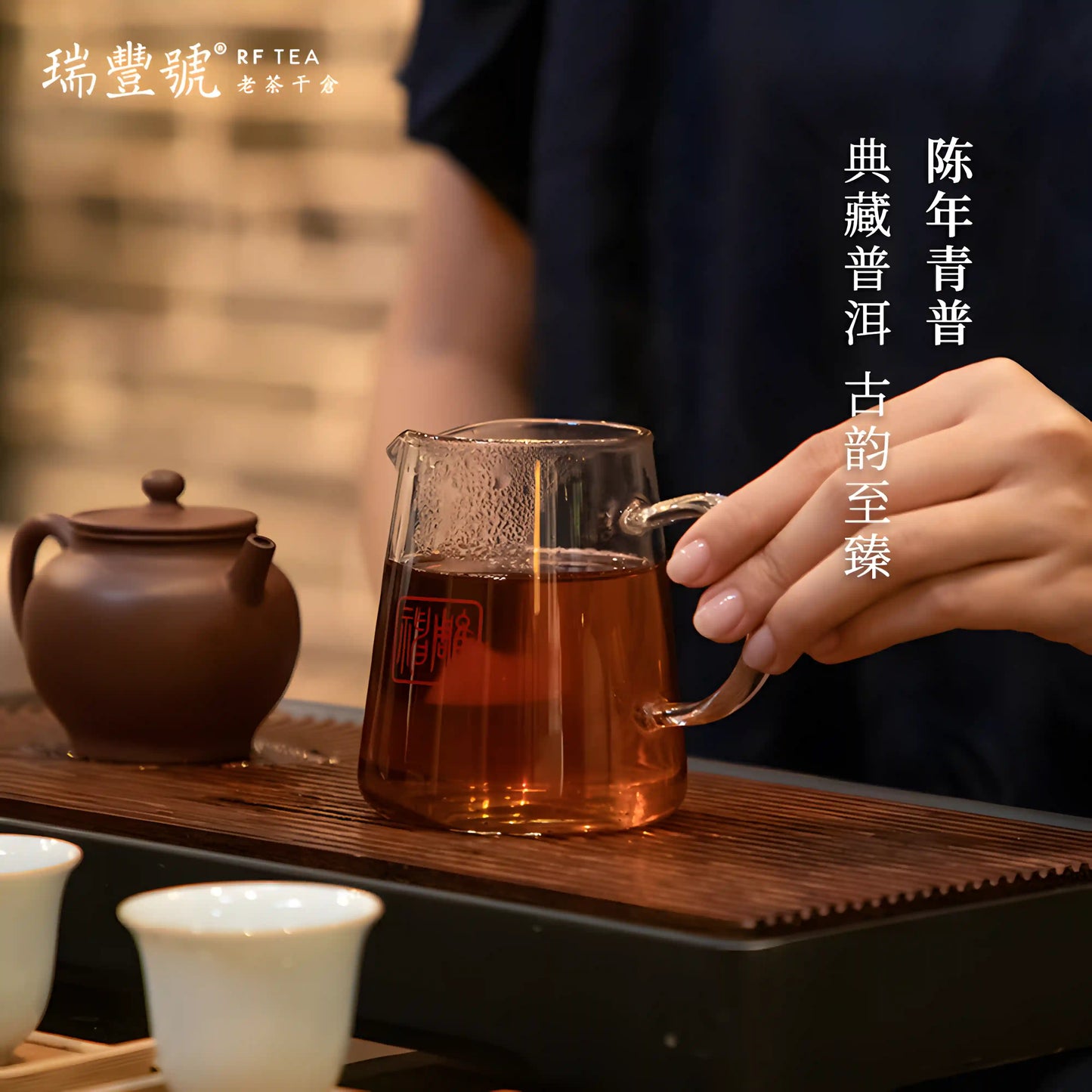
Blog posts
View all-

10/10 Would Recommend: The Healthy, Daily Ritua...
Discover why our Organic Rose Tea & Ceramic Mug Set is the Christmas gift she'll treasure daily. Featuring Xinjiang organic roses, premium Yunnan black tea, and authentic Ru Kiln ceramics,...
10/10 Would Recommend: The Healthy, Daily Ritua...
Discover why our Organic Rose Tea & Ceramic Mug Set is the Christmas gift she'll treasure daily. Featuring Xinjiang organic roses, premium Yunnan black tea, and authentic Ru Kiln ceramics,...
-

How to Store Pu-erh Tea: Aging Tips, Probiotic ...
Discover how to properly store Pu-erh tea (sheng & shou) to prevent spoilage and unlock its full aging potential. This guide covers humidity, ventilation, microbial benefits, and how Pu-erh evolves...
How to Store Pu-erh Tea: Aging Tips, Probiotic ...
Discover how to properly store Pu-erh tea (sheng & shou) to prevent spoilage and unlock its full aging potential. This guide covers humidity, ventilation, microbial benefits, and how Pu-erh evolves...
-

Raw vs. Ripe Pu-erh Tea: What’s the Difference?
Curious about the difference between Raw and Ripe Pu-erh? In this article, we explore their production methods, flavor profiles, fermentation process, and health benefits—plus real customer feedback to help you...
Raw vs. Ripe Pu-erh Tea: What’s the Difference?
Curious about the difference between Raw and Ripe Pu-erh? In this article, we explore their production methods, flavor profiles, fermentation process, and health benefits—plus real customer feedback to help you...

